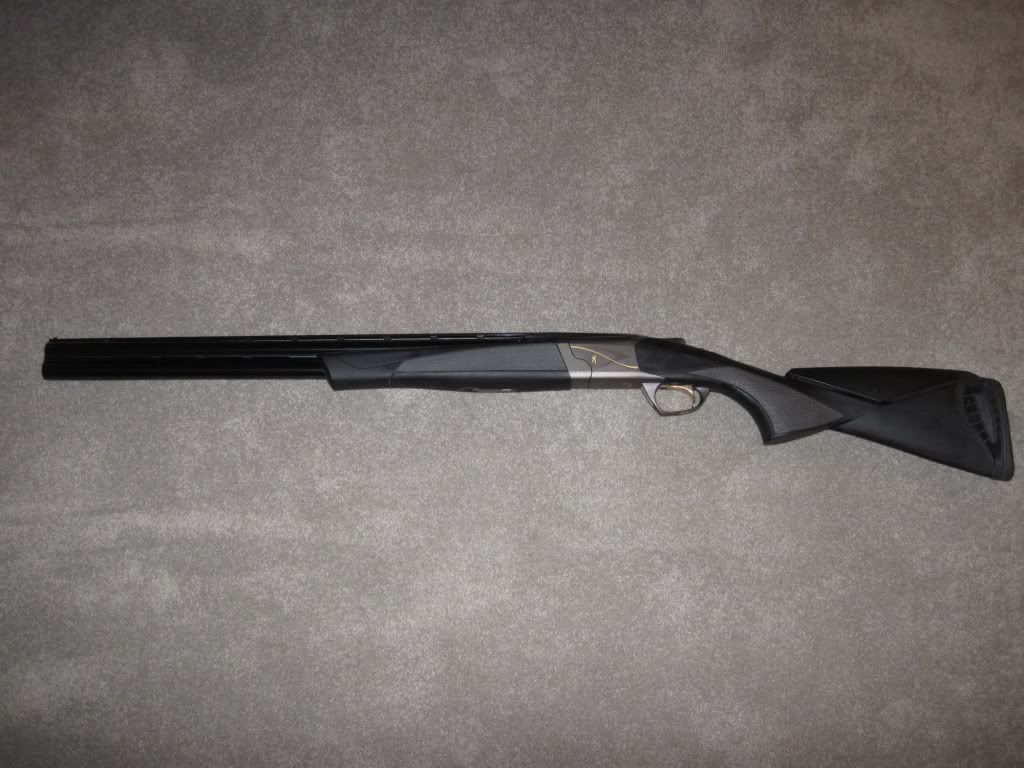Look up the W.W. Greener book of standard shotgun loads, published around the turn of the century, includes everything from black powder to smokeless loads in astounding variety. By using square loads, patterns are accentuated, nominal velocity in these is around 1050-1200. This was before shot cups, but research at the time, indicated higher velocity tended to blow the wad through the pattern creating a hole in the middle. Lots of different "advancements" since, and I hesitate to use that term, fad might be better, we have gone from the oldtimers using gravel, rock salt, and chopped glass to thinking we know that as perfect round shot as we could make, was superior, to making sperichal shot with ridges, and diamond shot, to increase the payload. From shooting soft lead, only to go to harder lead and plating to hold shape, and back to soft shot because it imparts more shock to the target. Pattern kills, is the summary of the Greener book, pure and simple, velocity is a matter of learning the finer points of lead and swing technique, but any reasonable low velocity load will kill birds dead in the air out to 40 yards and beyond with it's retained energy, if the shooter does his part. In american pumps and doubles, it was the only way to save weight and bulk. 12 gauge throws a fuller pattern than a 20, more margin of error. I've sure shot a lot of birds with a twenty, and out quite a ways. If the gun fits I wouldn't feel undergunned in any upland situation imaginable. I now have discovered some english lightweight upland doubleguns that weigh 5.75 to 6.25 pounds in 12 gauge, mostly 2-21/2 inch chambers and open chokes, Have the advantages of the 12 gauge bore, with weight, balance, speed , and throw weight, ( 1 oz loads), of a 20. Even with all the advancements and modern science, the enthusiastic Victorians pretty much wrote the book on "shooting flying" and still have lessons to teach.




